When it comes to marketing, both organic and paid strategies have their perks. Organic builds trust and community over time, while paid ads deliver quick results. Understanding when to use each can elevate your brand’s visibility and impact. Let’s dive in!
The Difference Between Organic vs Paid Marketing (And When to Use Each)
In today’s fast-paced digital landscape, understanding the nuances of marketing strategies is essential for any business looking to thrive. If you’ve ever found yourself torn between organic and paid marketing, you’re not alone! Both approaches have their unique strengths and can drive impressive results when used effectively. So, what’s the difference, and how do you know when to use each one? In this article, we’ll break down the fundamentals of organic and paid marketing, exploring their benefits and drawbacks, and ultimately guiding you on the best approach for your goals. Whether you’re a budding entrepreneur or a seasoned marketer, mastering these concepts will empower you to make informed decisions that can elevate your brand. Let’s dive in and unlock the secrets to successful marketing!
Understanding Organic Marketing and Its Benefits
Organic marketing revolves around the idea of attracting customers through valuable content and authentic engagement rather than through paid advertisements. This approach builds lasting relationships with your audience by fostering trust and loyalty over time.
By utilizing organic marketing strategies, businesses can:
- Enhance Brand Awareness: Regularly sharing insightful content on social media and blogs helps to establish your brand as an industry leader.
- Improve SEO: Quality content boosts your website’s search engine rankings, making it easier for potential customers to find you organically.
- Engage with Your Audience: Responding to comments and participating in discussions builds a community around your brand, encouraging customer loyalty.
- Generate Cost-Effective Results: While organic marketing requires time and effort, it often leads to more sustainable growth compared to the immediate but temporary impact of paid ads.
Moreover, the benefits of organic marketing extend beyond just immediate sales. It contributes to long-term brand equity and can result in a more engaged customer base. When your audience finds value in your content, they’re more likely to share it within their circles, leading to further organic reach.
To illustrate the difference in approach between organic and paid marketing, consider the following:
| Aspect | Organic Marketing | Paid Marketing |
|---|---|---|
| Cost | Lower long-term costs | Immediate but ongoing costs |
| Timeframe | Requires time to build momentum | Instant visibility |
| Trust | Builds trust over time | Less organic trust; relies on ad appeal |
| Engagement | Encourages community interaction | Limited to ad engagement |
Ultimately, the choice between organic and paid marketing depends on your business goals, target audience, and available resources. Understanding the strengths of organic marketing allows you to create a balanced strategy that incorporates both methods effectively, maximizing your reach and impact.
The Power of Paid Marketing and When to Leverage It
When it comes to marketing, the conversation often shifts toward the merits of paid strategies. There’s a certain allure to paid marketing—its ability to generate immediate visibility and traffic can be incredibly enticing for businesses looking to make a splash. Here’s where the power of paid marketing shines:
- Instant Results: Unlike organic marketing, which can take time to build momentum, paid marketing can put your brand in front of potential customers within minutes. Whether it’s through PPC ads or sponsored posts on social media, you can see traffic flowing to your site almost immediately.
- Targeted Reach: One of the biggest advantages of paid marketing is the ability to laser-focus your audience. With tools that allow you to target specific demographics, interests, and behaviors, you can ensure that your message reaches only those most likely to engage with your brand.
- Measurable ROI: With platforms offering comprehensive analytics, you can track your spending, assess performance, and optimize campaigns in real-time. This data-driven approach helps you understand what works best for your audience.
However, leveraging paid marketing isn’t just about throwing money at ads. It’s about strategic timing and understanding your business goals. Here are some scenarios where paid marketing can be particularly effective:
- Product Launches: When introducing a new product, paid campaigns can create buzz and drive early sales. Use paid ads to promote limited-time offers or special launch events.
- Seasonal Promotions: During peak shopping seasons, paid marketing can help you stand out in a crowded marketplace. Investing in ads during these times can maximize your visibility and revenue.
- Brand Awareness Initiatives: If you’re aiming to build brand awareness quickly, consider paid marketing. It’s a fast way to get your name in front of potential customers who may not have heard of you otherwise.
To effectively leverage paid marketing, you’ll want to consider a balance with your organic efforts. For example, while paid strategies can boost your visibility, consistent, high-quality content creation will help sustain that interest over time. Here’s a quick comparison table highlighting when to use each approach:
| Approach | Best Used For | Time Frame |
|---|---|---|
| Paid Marketing | Immediate visibility, targeted campaigns, product launches | Short-term |
| Organic Marketing | Building brand loyalty, long-term traffic, trust-building | Long-term |
the decision to leverage paid marketing should align with your overall strategy and objectives. By understanding the strengths of paid initiatives and employing them at the right moments, you can significantly enhance your marketing efforts and achieve your business goals.
Comparing Costs: Organic vs Paid Marketing Strategies
When it comes to marketing strategies, understanding the financial implications of both organic and paid methods is crucial for businesses aiming to grow their visibility and revenue. Each approach has its own cost structure and potential return on investment (ROI), making it essential to evaluate which option aligns best with your goals and budget.
Organic marketing involves strategies like content creation, social media engagement, and SEO optimization, which generally require time and expertise rather than direct financial outlay. While the upfront costs may be lower, the hidden costs often include:
- Time Investment: Crafting high-quality content, engaging with your audience, and optimizing for search engines takes significant time.
- Skill Development: Staying updated on SEO trends and social media algorithms requires constant learning.
- Consistency: Building an organic presence necessitates a long-term commitment to maintaining and producing content.
On the flip side, paid marketing strategies, such as pay-per-click (PPC) advertising or sponsored social media posts, offer immediate results but at a notable cost. Businesses must consider:
- Ad Spend: Depending on the platform and competition, costs can add up quickly.
- Management Costs: Hiring experts or agencies often becomes necessary to optimize ad performance.
- Short-Term Gains: While paid ads can generate quick traffic, they typically stop delivering results as soon as the budget runs out.
| Aspect | Organic Marketing | Paid Marketing |
|---|---|---|
| Initial Costs | Low | High |
| Time to See Results | Long-term | Immediate |
| ROI | High over time | Variable |
| Sustainability | High | Depend on budget |
Choosing between these strategies hinges on your unique circumstances. If you’re a startup with limited funds but ample time, investing in organic marketing may yield sustainable growth. Conversely, if you’re looking to launch a new product and want to create buzz quickly, allocating budget towards paid ads could be the way to go.
Ultimately, a balanced approach that combines both organic and paid strategies is often the most effective. By leveraging the strengths of each method, you can maximize visibility and engage your audience effectively, leading to a comprehensive marketing strategy that adapts to your business needs.
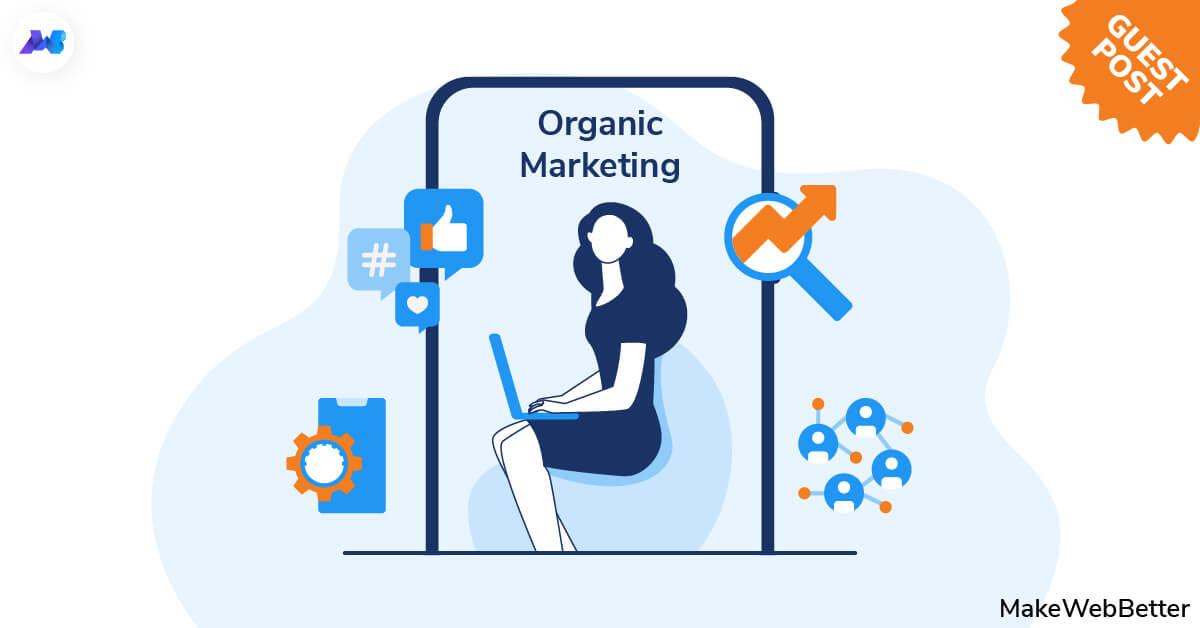
Building Trust and Authenticity with Organic Marketing
In a digital landscape saturated with advertisements, the value of organic marketing has never been clearer. Unlike paid campaigns that often rely on flashy promotions and quick-turnaround tactics, organic marketing builds a foundation of trust and authenticity that resonates with consumers on a deeper level. By focusing on relationship building rather than sales pitches, brands can cultivate loyalty and foster a community around their products or services.
When employing organic marketing strategies, it’s crucial to prioritize genuine engagement. Here are a few effective approaches:
- Content Creation: Producing high-quality, relevant content that addresses your audience’s needs helps establish your brand as an authority in your niche.
- Social Media Interaction: Actively engaging with followers—responding to comments, asking for feedback, and sharing user-generated content—creates a sense of connection.
- SEO Optimization: By optimizing your content for search engines, you increase your chances of being discovered organically, which can lead to sustained traffic over time.
Another significant advantage of organic marketing is its ability to generate word-of-mouth referrals. When consumers feel a connection to your brand, they are more likely to share their experiences with others, effectively becoming brand advocates. This kind of marketing not only enhances credibility but can also significantly reduce customer acquisition costs over time, as potential customers trust recommendations from friends and family far more than traditional advertising.
It’s important to remember that organic marketing requires patience and consistency. Unlike paid marketing, where results may be immediate, organic strategies often take time to yield visible outcomes. However, the long-term benefits are well worth the investment. As your brand becomes more recognized and trusted, the organic leads you generate will often convert at a higher rate than those acquired through paid methods.
To illustrate the differences between organic and paid marketing, consider the following table:
| Aspect | Organic Marketing | Paid Marketing |
|---|---|---|
| Cost | Lower long-term investment | Immediate costs associated with ads |
| Longevity | Lasting presence | Temporary visibility |
| Trust | Builds customer relationships | May raise skepticism |
| Traffic Generation | Gradual increase in traffic | Instant traffic spike |
Ultimately, the best marketing strategy often involves a balanced approach, using both organic and paid methods. However, when it comes to building trust and authenticity, organic marketing stands out as the superior choice. By engaging genuinely with your audience and prioritizing their needs, you create a lasting impact that paid marketing simply cannot replicate.
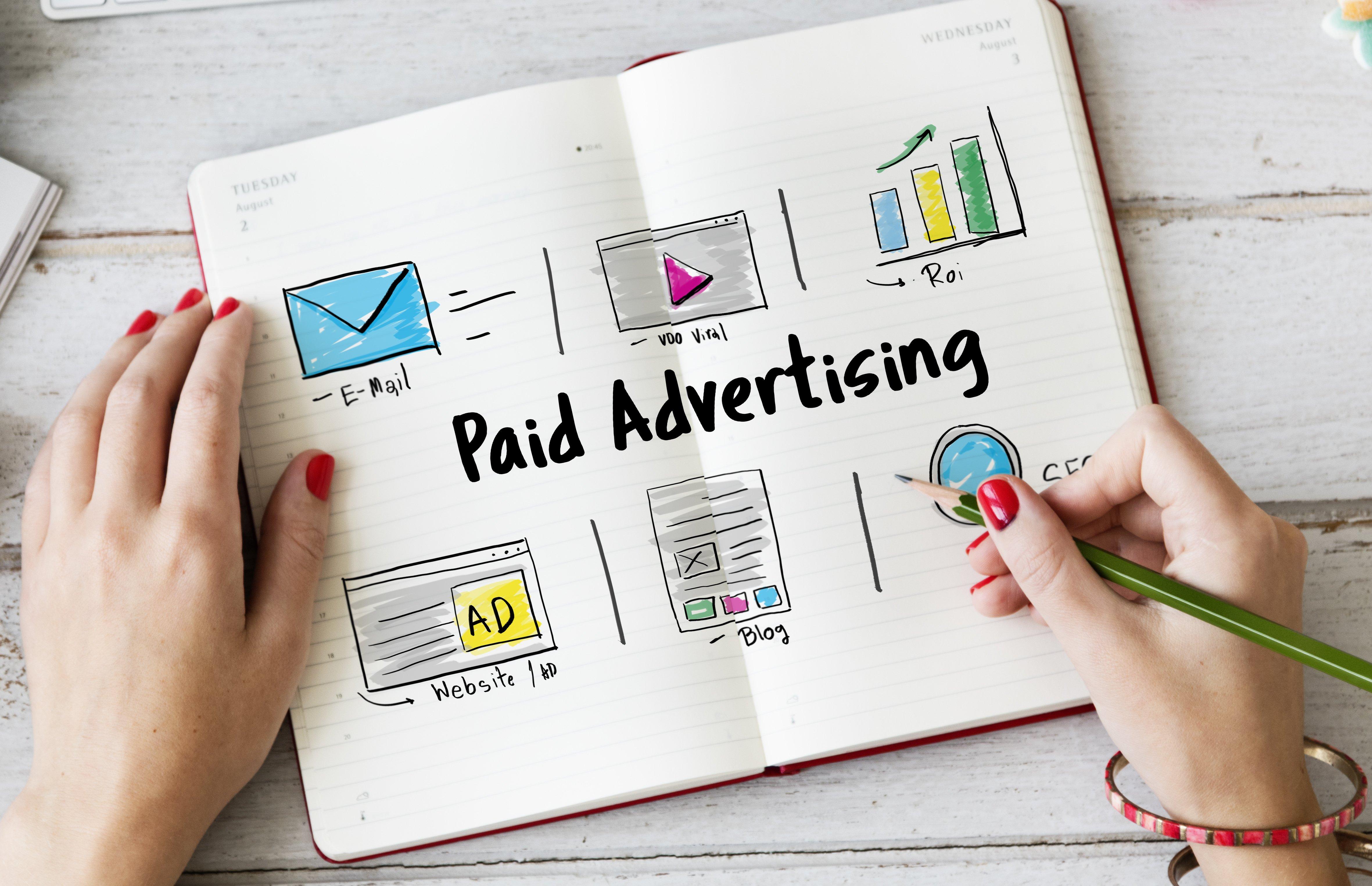
Immediate Results: The Appeal of Paid Advertising
When it comes to marketing strategies, paid advertising stands out due to its ability to deliver immediate results. Unlike organic marketing, which requires time to build momentum and visibility, paid ads can place your message directly in front of your target audience almost instantly. This is particularly appealing for businesses looking to boost sales or generate leads within a short timeframe.
One of the key advantages of paid advertising is its precision. You have the ability to:
- Target specific demographics: Tailor your ads to reach the right people based on age, location, interests, and more.
- Utilize various platforms: Choose from social media, search engines, and other online spaces where your audience is already engaged.
- Measure performance: Track key metrics in real time, allowing you to optimize campaigns for better results.
This targeted approach not only ensures that your budget is spent efficiently but also maximizes the chances of conversion. For instance, if a new product is launching soon, using paid ads can create buzz and stimulate interest among potential customers before the release. It’s a tactical move that can result in a surge of traffic and sales in a matter of days.
Additionally, paid advertising offers flexibility that organic marketing often lacks. With paid campaigns, you can:
- Adjust budgets and bids: Increase spending during peak times or promotions to capitalize on increased traffic.
- Test different messages: Experiment with various ad copies and creatives to see which resonates best with your audience.
- Respond to market changes: Quickly pivot your strategy based on real-time performance data.
Let’s look at a quick comparison of the two methods:
| Feature | Paid Advertising | Organic Marketing |
|---|---|---|
| Speed of Results | Immediate | Gradual |
| Cost | Varies based on spend | Typically free |
| Targeting | Highly customizable | Broader reach |
| Longevity | Short-term | Long-term |
the ability to generate quick visibility and engagement makes paid advertising a compelling option for businesses that need results fast. Whether launching a new product, promoting a limited-time offer, or simply increasing brand awareness, leveraging paid marketing can provide the immediate impact that organic strategies often take time to achieve.
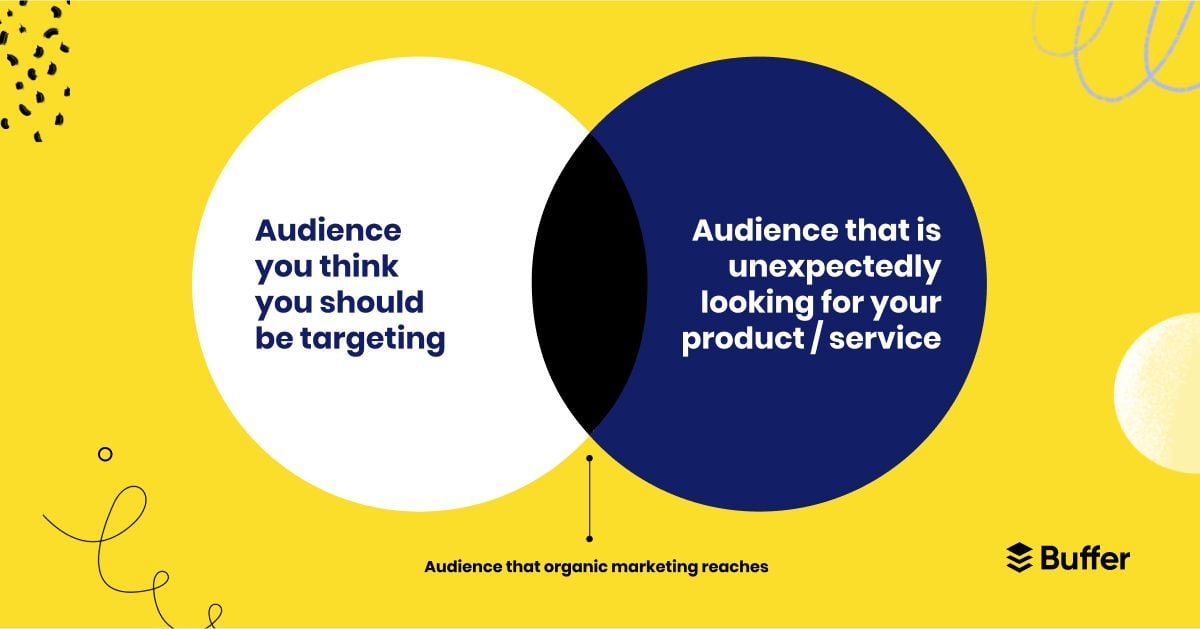
Finding the Right Balance Between Organic and Paid Tactics
In the dynamic landscape of digital marketing, can be the key to achieving sustainable growth. While both approaches have their advantages, leveraging them in harmony can amplify your marketing efforts and drive better results.
Understanding the Advantages:
- Organic Tactics: These methods build credibility and foster long-term relationships with your audience. Through SEO, content marketing, and social media engagement, you can create a loyal following that appreciates your brand’s authenticity.
- Paid Tactics: Paid advertising offers immediate visibility and targeting precision. With tools like Google Ads and Facebook Ads, you can reach specific demographics and generate quick results, making them ideal for time-sensitive campaigns.
To strike the right balance, consider your business goals and the stage of your marketing strategy. For instance, if you’re launching a new product, a paid campaign can generate buzz and traffic right away. On the other hand, investing in organic content can establish your brand’s authority over time, creating a solid foundation for future campaigns.
When to Use Each:
| Scenario | Recommended Tactic |
|---|---|
| New Product Launch | Paid Ads |
| Building Brand Awareness | Organic Content |
| Seasonal Promotions | Paid Ads |
| Long-Term Engagement | Organic Strategy |
Moreover, utilizing analytics can provide insights into which tactics are performing better. By tracking metrics like engagement rates, click-through rates, and conversion rates, you can adjust your strategy dynamically. This adaptability is crucial in a landscape where consumer behavior can shift rapidly.
Ultimately, the right blend of organic and paid marketing will depend on your audience’s preferences and your specific goals. Aim to create a cohesive strategy that utilizes both methods effectively, ensuring that you not only attract new customers but also retain and nurture existing ones. Remember, it’s not just about immediate sales; it’s about building a brand that resonates long after the campaign ends.
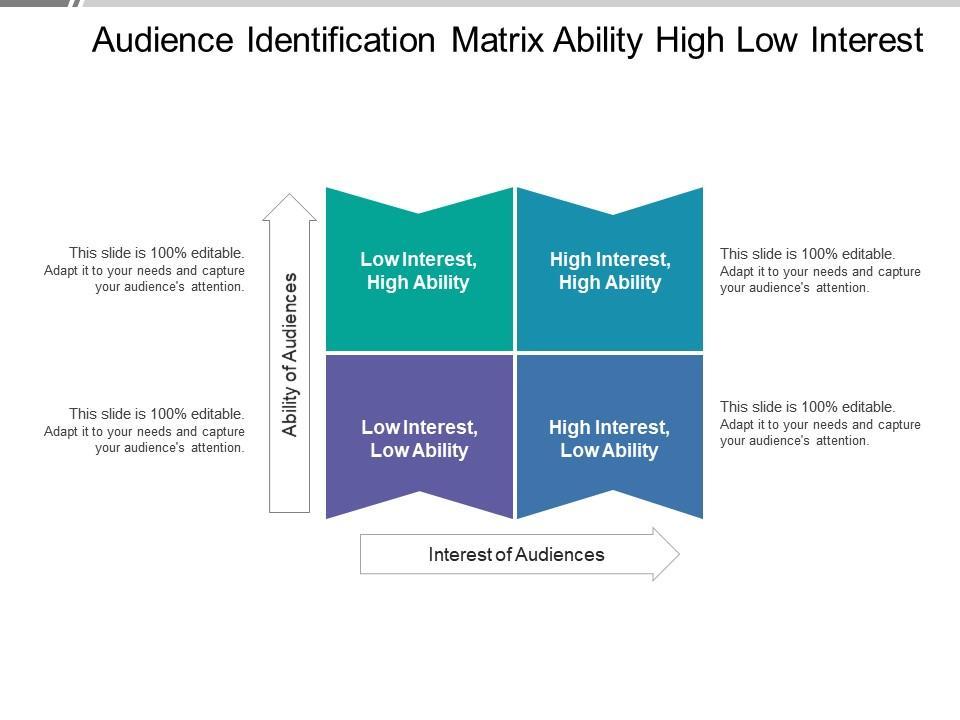
Identifying Your Audience: Tailoring Your Approach
Understanding who your audience is can significantly enhance the effectiveness of your marketing strategy. The first step in your journey is to gather insights about their demographics, interests, and behaviors. This information allows you to tailor your content and messaging to resonate with them on a personal level.
Consider these key factors when identifying your audience:
- Demographics: Age, gender, location, income level, and education.
- Interests: Hobbies, passions, and lifestyle choices that shape their preferences.
- Behavior: Online habits, purchasing patterns, and engagement with similar brands.
Once you have a solid grasp of your audience, you can decide the best approach to connect with them. For example, if your audience is predominantly younger individuals who frequently use social media, organic marketing strategies such as content marketing and social media engagement could be highly effective. In contrast, if your target demographic includes busy professionals who may not have the time to search for information, paid marketing options like targeted ads could capture their attention more effectively.
| Marketing Type | Best For | Key Benefits |
|---|---|---|
| Organic | Long-term engagement, brand loyalty | Cost-effective, builds trust |
| Paid | Immediate results, broad reach | Targeted exposure, measurable ROI |
Engagement styles also vary. For audiences that prefer interactivity, consider hosting webinars or Q&A sessions to foster a deeper connection. For those who are more passive consumers of content, informative blog posts or visually appealing infographics might be more effective. The key is to experiment and analyze what resonates best with your audience.
Moreover, don’t forget to segment your audience based on different criteria. This allows for even more personalized messaging. For instance, you might create tailored campaigns for newcomers to your brand versus loyal customers. Each segment may respond differently to organic versus paid strategies, so it’s crucial to adapt your techniques accordingly.
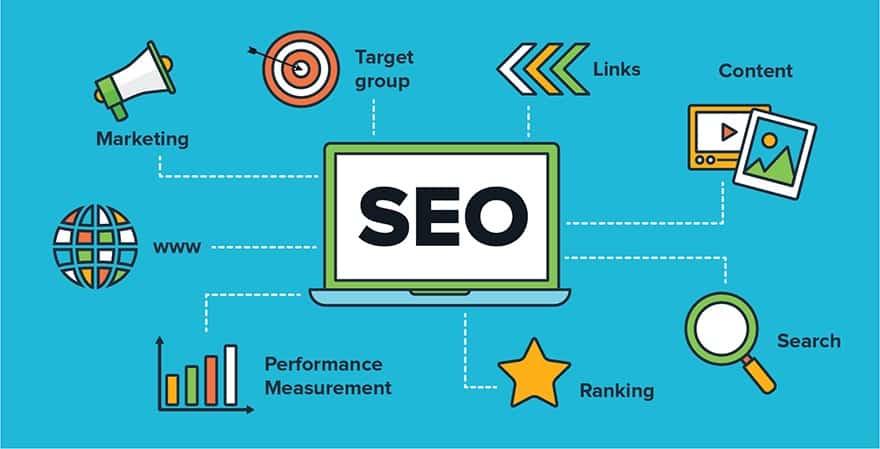
How to Measure Success in Both Marketing Strategies
When it comes to assessing the effectiveness of your marketing strategies, knowing how to measure success is crucial. Both organic and paid marketing approaches have their own metrics that can help you gauge performance.
For organic marketing, consider these key indicators:
- Website Traffic: An increase in organic traffic suggests that your SEO efforts are working. Use tools like Google Analytics to monitor traffic sources.
- Engagement Metrics: Look at bounce rates, average session duration, and pages per session. High engagement means users find your content valuable.
- Conversion Rates: Track how many visitors complete a desired action, like signing up for a newsletter or making a purchase. This reflects the effectiveness of your content in driving action.
On the other hand, for paid marketing, success metrics can include:
- Return on Ad Spend (ROAS): Calculate the revenue generated for every dollar spent on advertising. A higher ROAS indicates a successful campaign.
- Click-Through Rate (CTR): Monitor how many users click on your ads versus how many see them. A high CTR indicates that your ad is compelling.
- Cost Per Acquisition (CPA): This metric shows how much it costs to acquire a customer through paid channels. Lower CPA means more efficient spending.
It’s important to note that success in organic marketing often leads to long-term benefits, while paid marketing can yield quick results. Thus, a combination of both strategies can provide a balanced approach to measuring success.
To better visualize the differences in measurement, here’s a simple comparison table:
| Metric | Organic Marketing | Paid Marketing |
|---|---|---|
| Traffic Source | SEO, social shares | Paid ads, sponsored content |
| Time to Results | Long-term | Short-term |
| Cost | Lower (mostly time) | Higher (ad spend) |
| Sustainability | High | Low (unless regularly funded) |
Ultimately, the success of your marketing strategies relies on clearly defined goals and constant monitoring of the metrics that matter most to your business. Understanding these metrics will not only help in maximizing your marketing efforts but also in making informed decisions for future campaigns.

When to Shift Your Focus: Adapting to Market Changes
In the ever-evolving landscape of digital marketing, staying adaptable is crucial. Market dynamics change rapidly due to consumer behavior shifts, technological advancements, and competitive pressures. Knowing when to pivot your marketing strategy can make a significant difference in your overall success.
Identifying Market Signals
The first step in recognizing when to shift your focus is to keep an eye on market signals. Here are some indicators that it might be time to reassess your marketing approach:
- Declining Engagement: If your organic posts are seeing less interaction, it may be a sign that your audience’s interests are shifting.
- Increased Competition: If competitors ramp up their paid efforts, it might be time to consider a similar approach to maintain visibility.
- Changes in Platform Algorithms: Social media platforms frequently update their algorithms, affecting organic reach; adapt by investing in paid strategies if necessary.
Evaluating Performance Metrics
Regularly assessing your performance metrics is essential. Track key indicators such as:
- Click-through rates (CTR)
- Conversion rates
- Return on investment (ROI)
When organic efforts yield diminishing returns, or when the cost-effectiveness of paid ads improves significantly, it may be time to shift your focus accordingly.
Market Trends and Audience Insights
Staying informed about market trends and audience insights can guide your decision-making process. Utilize tools like Google Trends and social listening platforms to gauge public interest in your industry. If there’s a growing trend that aligns with your brand, consider leaning into paid strategies to capture that momentum.
Balancing Organic and Paid Strategies
Remember that a balanced approach often yields the best results. Here’s a simple table to visualize when to lean towards organic or paid marketing:
| Scenario | Recommended Focus |
|---|---|
| Strong Brand Presence | Organic Marketing |
| New Product Launch | Paid Marketing |
| Seasonal Promotions | Paid Marketing |
| Building Community | Organic Marketing |
Ultimately, the ability to adapt your focus between organic and paid strategies hinges on continuous learning and a willingness to experiment. Stay flexible, keep analyzing the data, and don’t hesitate to shift gears when needed to maximize your marketing impact.
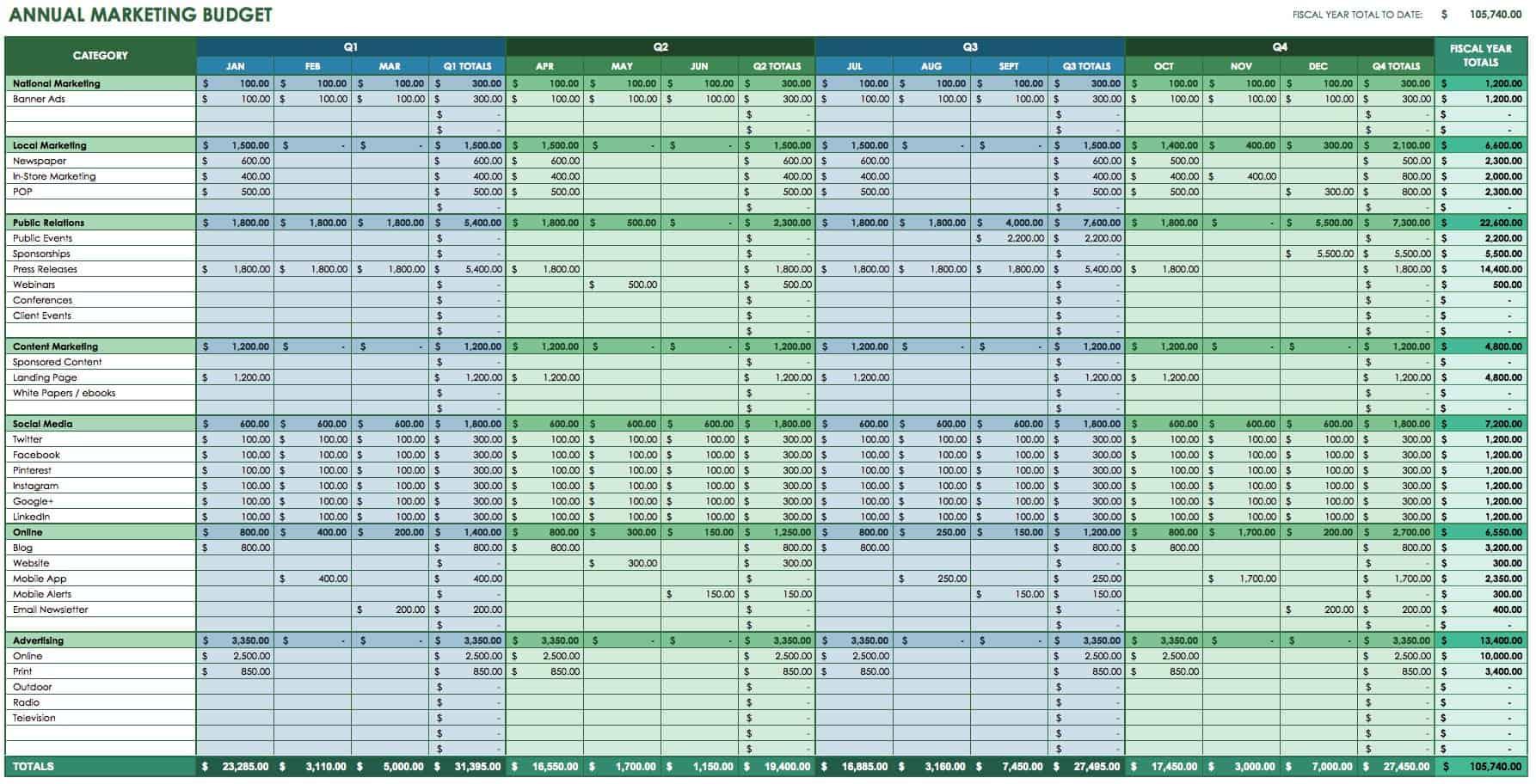
Maximizing Your Marketing Budget: Smart Allocation Tips
To truly get the most out of your marketing budget, it’s crucial to understand the strengths and weaknesses of both organic and paid marketing channels. Each has its unique advantages, which can be leveraged effectively depending on your strategy and goals.
Organic marketing is all about building long-term relationships with your audience. It encompasses various strategies such as SEO, content marketing, and social media engagement. The beauty of organic marketing lies in its cost-effectiveness and sustainability. Here are some benefits:
- Cost-efficient: Once your content ranks well, it can generate traffic without ongoing costs.
- Brand loyalty: Organic strategies often foster trust, leading to higher customer retention.
- Long-term results: Investments in quality content can yield benefits well into the future.
On the flip side, paid marketing offers immediate results and increased visibility. Utilizing pay-per-click (PPC) ads, social media ads, and sponsored content can significantly boost your reach. Consider these points when allocating budget towards paid channels:
- Quick results: Paid campaigns can bring instant traffic and leads, which is great for new product launches.
- Targeted reach: Paid ads allow for precise targeting based on demographics, interests, and behaviors.
- A/B testing: You can easily test various messages and visuals to see what resonates best with your audience.
When determining how to allocate your budget between these two channels, consider the following table that outlines scenarios for each:
| Scenario | Recommended Approach |
|---|---|
| New Product Launch | Focus on paid marketing to gain immediate traction. |
| Building Brand Awareness | Invest in organic content creation and social media engagement. |
| Limited Budget | Prioritize organic marketing for sustainable growth. |
| Seasonal Promotions | Allocate budget for paid ads to capitalize on time-sensitive offers. |
Ultimately, a balanced approach often yields the best results. Combining organic strategies with well-placed paid campaigns can help you maximize your marketing budget effectively. By analyzing your specific objectives and audience behavior, you can create a tailored strategy that ensures you’re getting the most bang for your buck.
Frequently Asked Questions (FAQ)
Sure! Here’s a Q&A designed for an article titled “The Difference Between Organic vs Paid Marketing (And When to Use Each)” in a conversational and persuasive tone.
Q&A: The Difference Between Organic vs Paid Marketing (And When to Use Each)
Q: What exactly is organic marketing?
A: Great question! Organic marketing refers to strategies that naturally attract traffic and engagement without direct payment. Think SEO, social media posts, content marketing, and email campaigns that grow your audience over time. It’s like planting a seed and nurturing it; with patience, it can bloom beautifully!
Q: And what about paid marketing?
A: Paid marketing, on the other hand, involves investing money to promote your products or services. This includes pay-per-click ads, sponsored social media posts, and display advertising. It’s like renting a billboard; you pay for visibility and can often see immediate results!
Q: So, which one is better?
A: It’s not a matter of one being better than the other; they each have their strengths! Organic marketing builds long-term relationships and credibility, while paid marketing provides quick visibility and immediate traffic. The right choice depends on your goals, budget, and timeline.
Q: When should I use organic marketing?
A: If you’re aiming for sustainable growth and have the time to invest, organic marketing is the way to go. It’s perfect for brand building, increasing trust, and creating valuable content that resonates with your audience. Plus, it’s cost-effective in the long run!
Q: What about paid marketing? When is it necessary?
A: Paid marketing shines when you need quick results—like launching a new product or running a time-sensitive promotion. If you want to target specific demographics or reach a larger audience fast, then pouring some budget into paid ads can provide the boost you need.
Q: Can I use both strategies simultaneously?
A: Absolutely! In fact, that’s often the best approach. You can use paid marketing to drive immediate traffic while simultaneously building your organic presence. Think of it as a balanced diet: both strategies can complement each other for optimal growth!
Q: What are the potential downsides of organic marketing?
A: One of the main downsides is that it takes time. You won’t see instant results like you would with paid ads. Additionally, the algorithm changes on platforms like Google and Facebook can impact your visibility. Patience and adaptability are key here!
Q: And for paid marketing? What are the pitfalls?
A: The biggest risk with paid marketing is that it can be costly without guaranteed results. If your ads aren’t targeting the right audience or if the content isn’t compelling, you might end up wasting your budget. It’s crucial to monitor performance and adjust your strategy regularly.
Q: How do I know which strategy is working best for me?
A: The best way is to track your metrics! Use tools like Google Analytics for organic efforts and ad performance dashboards for paid campaigns. Look for indicators like traffic, conversion rates, and engagement to determine which approach is bringing you the best return on investment.
Q: Any final tips?
A: Yes! Don’t be afraid to experiment. Test different messages, platforms, and audiences. Marketing is an evolving landscape, and what works today might change tomorrow. Stay flexible, be willing to learn, and never hesitate to pivot your strategy based on data!
This Q&A format provides clear insights into the differences between organic and paid marketing, encouraging readers to consider both strategies for their marketing efforts.
In Conclusion
understanding the differences between organic and paid marketing is crucial for any business looking to maximize its reach and impact. While organic marketing builds trust and fosters long-term relationships with your audience, paid marketing delivers quick results and targeted visibility. The best strategy often involves a harmonious blend of both—leveraging the authenticity of organic efforts while utilizing the precision of paid campaigns.
So, whether you’re just starting out or looking to refine your marketing approach, take a moment to assess your goals, budget, and audience. By strategically choosing when to deploy each type of marketing, you can create a powerful, well-rounded strategy that not only meets your immediate needs but also lays the groundwork for sustainable growth.
Remember, it’s not about choosing one over the other; it’s about knowing when to use each to reel in the best results. So go ahead, experiment with both, and watch your marketing efforts soar! Happy marketing!





